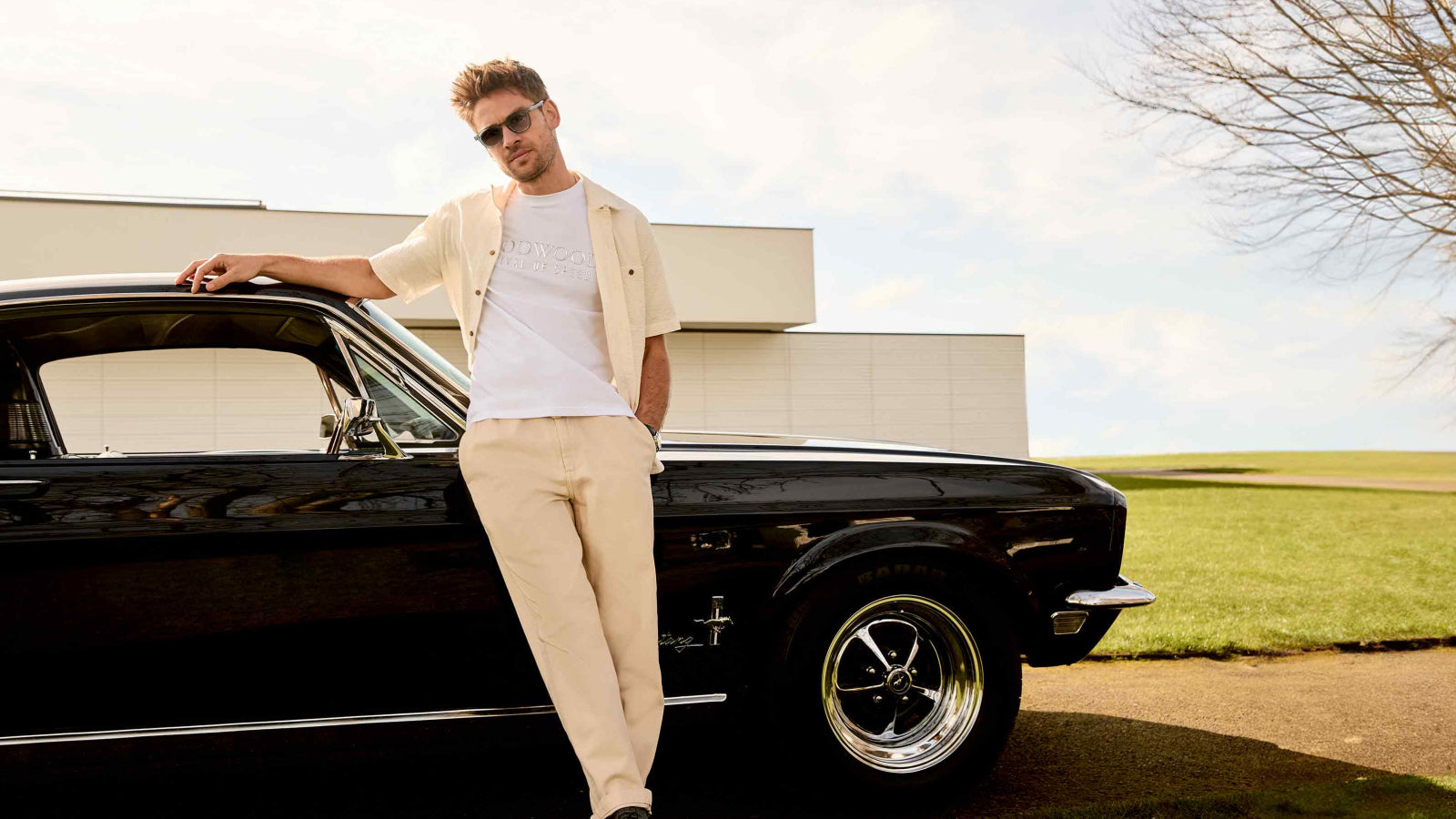The importance of human machine interface | Thank Frankel it's Friday
 Andrew Frankel
Andrew Frankel
Your starter for ten: what do the Tesla Model 3, new Volvo EX30 and the Ineos Grenadier have in common? Beyond all having four wheels, you might think not much. And yet all three are united by a single bizarre decision: none of them puts information vital to the driver in his or her natural line of sight.

In all three cases, if you want to know something as simple and important as how fast you’re going, you’ll need to take your eyes off the road and look not only down a little, but right across to the centre console where said information is displayed. Why? There is simply no excuse, not even that where the engineers say, ‘we were bullied into it by the design department because it looks really cool.’
For not only should basic safety considerations trump all such decisions, but for the price of engineering in a tiny projector into the dash design, a simple head up display would allow both opposing interests to be satisfied.
I really do find it extraordinary that in the 21st century, where we live in a world obsessed with safety that something so basic has simply been ignored.
Of course there was a time when dashboard design was simply a question of finding somewhere the relevant dials would fit. The supercharged Bentley I raced at the Le Mans Classic in the summer had no fewer than 11 gauges on its dashboard – not to mention myriad switches and knobs and, yes, they were all over the place, with the speedometer as far from your eyes as it could possibly be. But that was a racing car, in which a speedo is almost an irrelevance, in a car designed well over 90 years ago.
I guess it was the 1950s that it all changed. Take the Aston Martin DB2 as an example. When it came out at the beginning of the decade the speedo and rev-counter were in middle of the dash, but with the introduction of the MkIII version of the DB2/4 in 1958 came a whole new approach with all dials, whether major or minor, clearly visible through the alloy spokes of its massive wood-rimmed steering wheel. And what, I ask, was so very wrong with that?
But actually, when I think of the dashboard designs I love most, most come from the 1960s and ‘70s. Look at the way a Jaguar E-type displays its information. Through the wheel you see two large, simple and attractive white on black displays. On the left is the rev-counter, with a small clock set into segment at the bottom the needle will not reach, on the right an equally simple 160mph speedometer.
Ranged across the middle of the dash are gauges for water temperature, oil pressure, fuel level and amps. Below them a smart row of switches with, in then middle a slot for the key and a starter button. It’s all you needed and, to these eyes, it’s a damn sight more attractive than the self-consciously minimalist designs that are increasingly prevalent today.
Even car manufacturers perhaps not best known for their ability to convey information concisely and easily understood the basics, far better than do their descendants today.

Look at the dash of a Ferrari 365 GTB/4 ‘Daytona’. So important was it to Maranello that you could actually see the information it was providing, it managed to cram the whole lot, right in front of you, and there was far more then than today. So you had your Veglia speedo and rev counter either side of a cluster of four small dials for water temperature, oil temperature, oil pressure and amps. And then, flanking the outside of the two big gauges were another two, a clock and a fuel gauge.
Eight instruments, all conveying vital information, all parked right in front of your eyes. Yes, there were some mad exceptions to the rule, but not many.
I don’t understand why it’s all gone so wrong. Why putting crucial information where it can be seen is now seen by some as a bad thing. Actually, that’s not true – I think I understand it all too well. To do the job properly would require putting a screen in front of the driver, and another in the centre console for more minor information and infotainment operations.
But that’s expensive: it’s far cheaper to provide one screen, stuff it all on there, bury the stuff that doesn’t fit in sub menus and pass it all off as ‘design’. And design it is, really, really poor design; and the more people call it out the more likely and the quicker it is likely to stop.
Thank Frankel it's Friday
Road
News
Tesla
Ferrari
Ineos
Volvo









